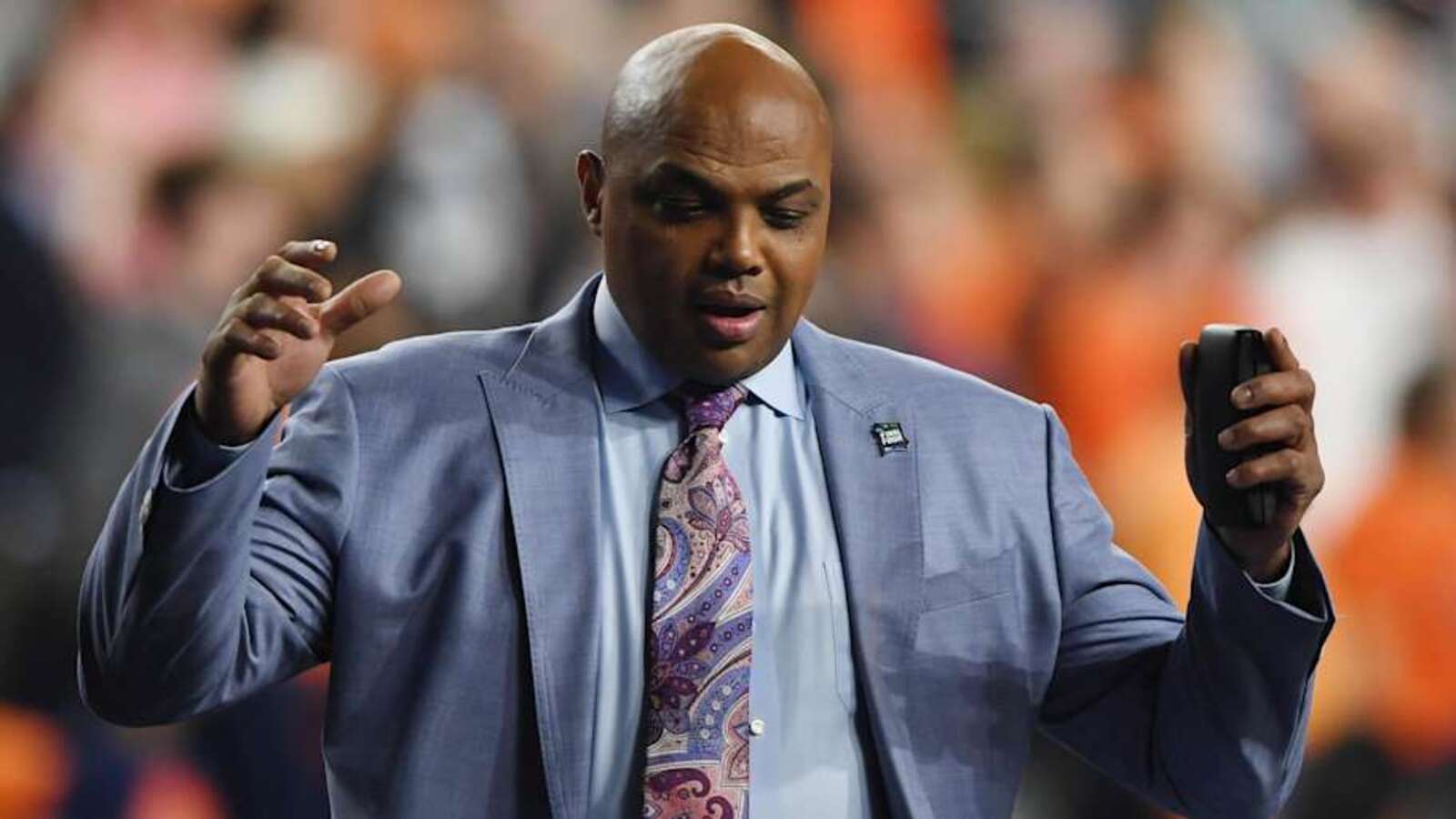In Congress, what's the difference between a budget resolution, reconciliation and spending bills? | CNN Politics

Washington CNN —
There’s understandable confusion over Capitol Hill lingo discussing the budget process and appropriations and spending process — which are two distinct things.
What’s the difference?
So glad you asked.
This is the process that Republicans are currently employing to try to pass President Donald Trump’s sweeping agenda. This process does not deal with funding the government and has nothing to do with the March 14 government shutdown deadline.
The budget process is broken down into two steps: A budget resolution, which is a non-binding blueprint that outlines fiscal goals but does not carry the force of law. (House and Senate committees are voting on their respective budget resolutions this week.)
An identical budget resolution must be adopted by both the House and Senate before Congress can take the critical next step: Advancing legislation to reconcile tax-and-spending laws to meet the goals of the budget resolution. This bill does carry the force of law and is advanced under what’s known as the “reconciliation” process, often referred to as a reconciliation bill. This process typically takes months.
The reason why this is an enticing option: Bills advanced through the budget reconciliation process cannot be filibustered, meaning they can be approved by a simple majority in the Senate — not the usual 60 votes, which is required for appropriations bills (to keep the government open) and most other measures.
Senate rules require a reconciliation bill’s provisions to have a direct impact on the budget. The Senate parliamentarian issues rulings on what is allowed to be included in the bill. But the majority party often seeks to stretch the limits of what is permissible in the reconciliation bill.
Democrats have used the process in the past to enact portions of President Barack Obama’s Affordable Care Act and President Joe Biden’s Inflation Reduction Act. In Trump’s first term, Republicans successfully enacted their sweeping Tax Cuts and Jobs Act through the reconciliation process and failed when trying to repeal portions of the ACA through the same process.
This time, the House GOP and Senate GOP are at odds over what to include in the bill and whether to try to attempt this maneuver twice.
Senate Republicans are pushing a narrow budget resolution focused on increasing spending for immigration enforcement, national security and domestic energy production. They want to punt on dealing with Trump’s tax cuts — which expire at year’s end — until later in 2025 under a second reconciliation bill.
The Senate Budget Committee approved Chairman Lindsey Graham’s budget resolution Wednesday night, teeing up floor action as soon as next week.
Meanwhile, the House GOP has a much more expansive and expensive plan. The plan calls for at least $1.5 trillion in spending cuts, a $4.5 trillion overhaul of the tax code and a $4 trillion increase to the national debt limit – none of which is included in the Senate budget resolution.
The House Budget Committee will take up Chairman Jodey Arrington’s budget resolution on Thursday.
House Republicans are worried that — with their razor-thin majority — they will only get one opportunity to pass a bill through the reconciliation process.
That’s why Speaker Mike Johnson wants to roll the entire agenda into this one massive proposal and hope Republicans will have no choice but to accept it. Senate Republicans are skeptical such a plan can pass, especially a complex overhaul of the tax code, a national debt limit hike and deep spending cuts — all on GOP votes alone.
But to move to the second step on the reconciliation bill, the House and Senate need to iron out their many differences and pass the same budget resolution.
It’s also important to remember that the budget resolution only outlines the legislative goals. They still have to draft the details — like what federal programs to cut – once they craft the reconciliation bill. That is a much trickier process to say the least and multiple House and Senate committees will be involved in drafting the bill.
This is a totally different process. These government funding bills are needed to actually provide money for federal agencies to spend each fiscal year on their programs.
Congress is supposed to pass 12 annual appropriations bills — also known as spending or government funding bills — by October 1, the start of the new fiscal year. But this rarely happens. So oftentimes, Congress is forced to pass a short-term stopgap — known as a continuing resolution, or CR — to keep the lights on at the federal government.
The current continuing resolution, which passed right before Christmas, only extends government funding until March 14. That means Congress needs to pass a new funding bill by then. That could mean all 12 bills get rolled into one massive measure referred to as an “omnibus bill” or split up into several bills, known as “minibuses.”
Otherwise, another short-term extension would be needed to avoid a shutdown.
In fact, they do. Because there are a number of House Republicans who will vote against any funding bill, Democratic votes will be needed in the House. And since the bill can be filibustered in the Senate, 60 votes will be needed in a chamber where Republicans hold 53 seats. That means only a bipartisan deal can keep the lights on for the entire federal government.
It’s far too early to tell. But the signs of avoiding a shutdown aren’t great.
Republicans in the House and Senate are at odds among themselves on the overall funding level for the government, known as the top-line number. And Democrats want some guardrails over Elon Musk’s Department of Government Efficiency, though it’s unclear how hard Democratic leaders will push on this.
But given Trump’s early actions, Democrats say they don’t trust the White House to spend money appropriated by Congress. Plus, it’s unclear if Trump will accept a spending bill that funds agencies he’s trying to dismantle.
CNN’s Lauren Fox and Ted Barrett contributed to this report.











